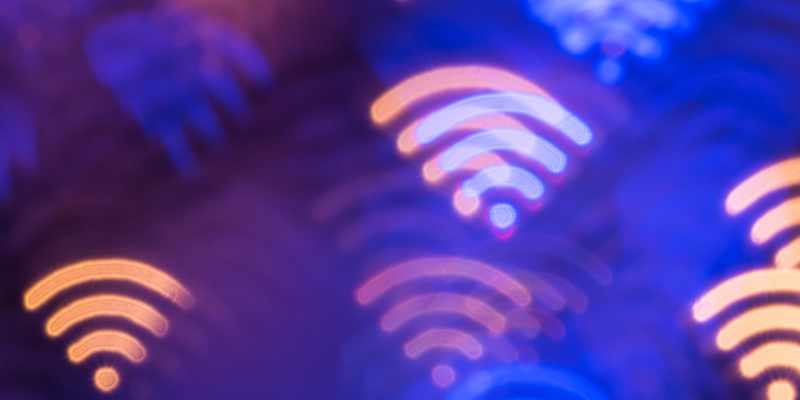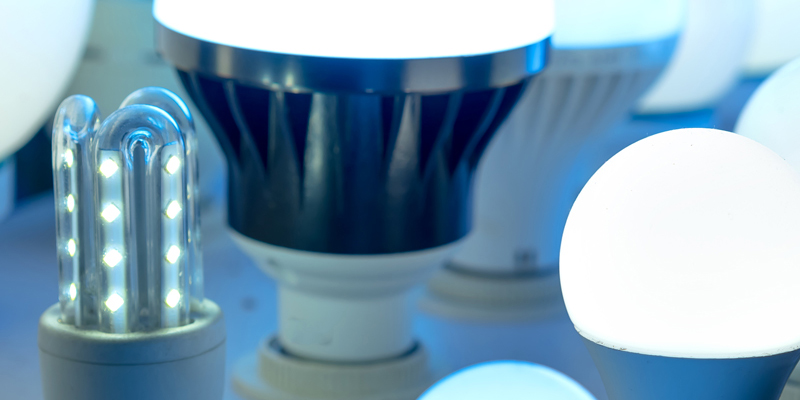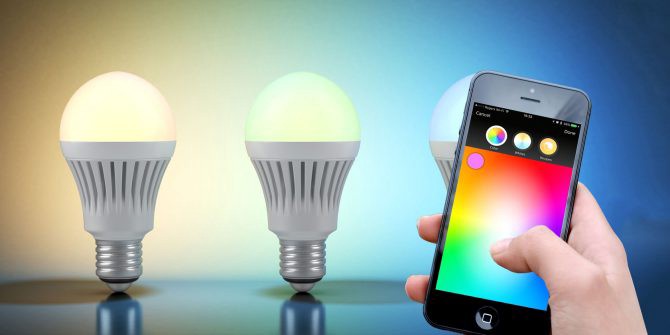Total Energy Model 4.0 – Data Centres

This report describes the Total Energy Model (TEM) 4.0, a novel bottom-up hybrid model designed to forecast data centre energy consumption and evaluate the effect of possible policy interventions on energy use.
Securing Additional Energy Savings in SSL: an International Lighting Technology Roadmap

Over the past 20 years, the development and adoption of-state lighting (SSL) has led to substantial improvements in the quality and efficiency of lighting. This disruptive technology enabled a decoupling of lighting and energy consumption, whereby delivered lumens of light around the world has increased while lighting-related energy consumption and greenhouse gas emissions have decreased.
Solid State Lighting: Review of Health Effects

This report offers a comprehensive review of the scientific knowledge acquired in the course of the last ten years on the effects of solid state light on human health.
Reliability of electronic components and systems with WBG technology

Power electronics plays a vital role in various applications, from household devices to electric vehicles and renewable energy systems. This report, a result of the 4E PECTA Platform, covers reliability challenges at both component and system levels, discusses the state of the art in design processes, and proposes indicators for policymakers to support WBG adoption in energy applications.
Wide Band Gap Technology: Timing of most beneficial policy measures

This report reflects a special working result of the first term of PECTA, the Power Electronic Conversion Technology Platform. It contains suggestions for possible policy measures and mapping with applications over a timeline.
Policy Brief – Emerging Battery Technologies

Summarises the EDNA report which examined battery technologies for consumer electronics. Considers performance, environmental impacts, cost and market readiness.
Detailed Characterisation for Smart Dynamic Lighting

Smart lighting is gaining ground with increased speed driven by market demands for enhanced comfort, greater energy efficiency and simulating the the natural rhythm of daylight. But how do smart lighting sources perform when the light is dimmed, and when the colour temperature is changed? Is there a need for better characterisation? This paper presents […]
Emerging Battery Technologies

This research study examines new battery technologies suited to powering small devices such as IoT, actuators and sensors, and portable devices such as mobile phones and laptops.
Smart Lighting – New Features Impacting Energy Consumption

Smart lamps and luminaires are common in today’s lighting market. Smart lighting provides an opportunity for the consumer to benefit from wireless control of lighting products, e.g. by dimming, colour tuning and scheduling. These functions can provide energy saving but they also require energy consumption to supply standby power and gateways.
A “life cycle thinking” approach to assess differences in the energy use of SiC vs. Si power semiconductors

Wide bandgap (WBG) semiconductors have the potential to provide significant improvements in energy efficiency over conventional Silicon (Si) semiconductors. While the potential for energy efficiency gains is widely researched, the relation to the energy use during manufacturing processes remains insufficiently studied. This question is especially relevant for Silicon carbide (SiC) semiconductors, as there are some […]
Report on the EMSA Survey on digitalisation in electric motor driven systems

The report summarises the results of the EMSA Survey on the potential impact of digital technologies on electric motor driven systems in industrial companies.
Total Energy Model V2.0 for Connected Devices

This report describes updates to the Total Energy Model that was developed by EDNA to estimate the ‘total energy use’ of connected devices, globally.
Switching Elements of the Thrifty Variety – GERMAN

Abstract: From cell phones to cars to data centers: The diverse electrical applications that visibly and invisibly shape our everyday life all contain switching elements made of semiconductor materials. These powerful electronic components have huge energy-savings potential that can be realized by using so-called wide-bandgap semiconductors. This is the conclusion of an expert report of […]
Policy Brief – The Energy Efficiency Potential and Application Readiness of Wide Band Gap Technology

This policy brief summarizes the key findings of the PECTA report ‘Wide Band Gap Technology: Efficiency Potential and Application Readiness Map’. It estimates the energy saving potential from using WBG technologies in different applications, shows the technology readiness of different devices, and discusses policy needs to expedite the market entrance of Wide Band Gap based […]
4E PECTA Factsheet for Term 2020 – 2024 (established phase)

PECTA is a collaboration of the governments of Austria, Denmark, Sweden and Switzerland. The PECTA factsheet shares some basic information about PECTA goals and actual running tasks. Currently (January 2021) six tasks are up and running. For more information please download our factsheet.
Roadmap for Consumer Devices to Participate in Demand Flexibility

The purpose of this report is to provide technical assistance and policy guidance to support national or regional government organisations, utilities, and/or energy regulatory bodies in
Wide Band Gap Technology: Efficiency Potential and Application Readiness Map

Technologies, systems and applications incorporating power electronic conversion devices and modules are defining many aspects of our modern society, making possible higher living
Huge energy-savings by WBG semiconductors

This is one of the latest articles published by the Swiss Federal Office of Energy (SFOE) related to wide bandgap technology, and its potential promising applications for SiC and GaN Semiconductors.
Policy Brief – Wireless Charging Energy Use

This briefing summarises the key findings of the EDNA report Global Forecast of Energy Use for Wireless Charging, which estimates the additional global energy that would be consumed if wireless charging is adopted for a wide range of small consumer devices
Policy Brief – Energy Harvesting Technologies for IoT

This briefing summarises the key findings of the EDNA report Energy Harvesting Technologies for IoT Edge Devices, which explores the potential to deploy Energy Harvesting Technologies (EHTs) to convert energy from the surroundings into electricity, in order to power small internet of things (IoT) devices




































